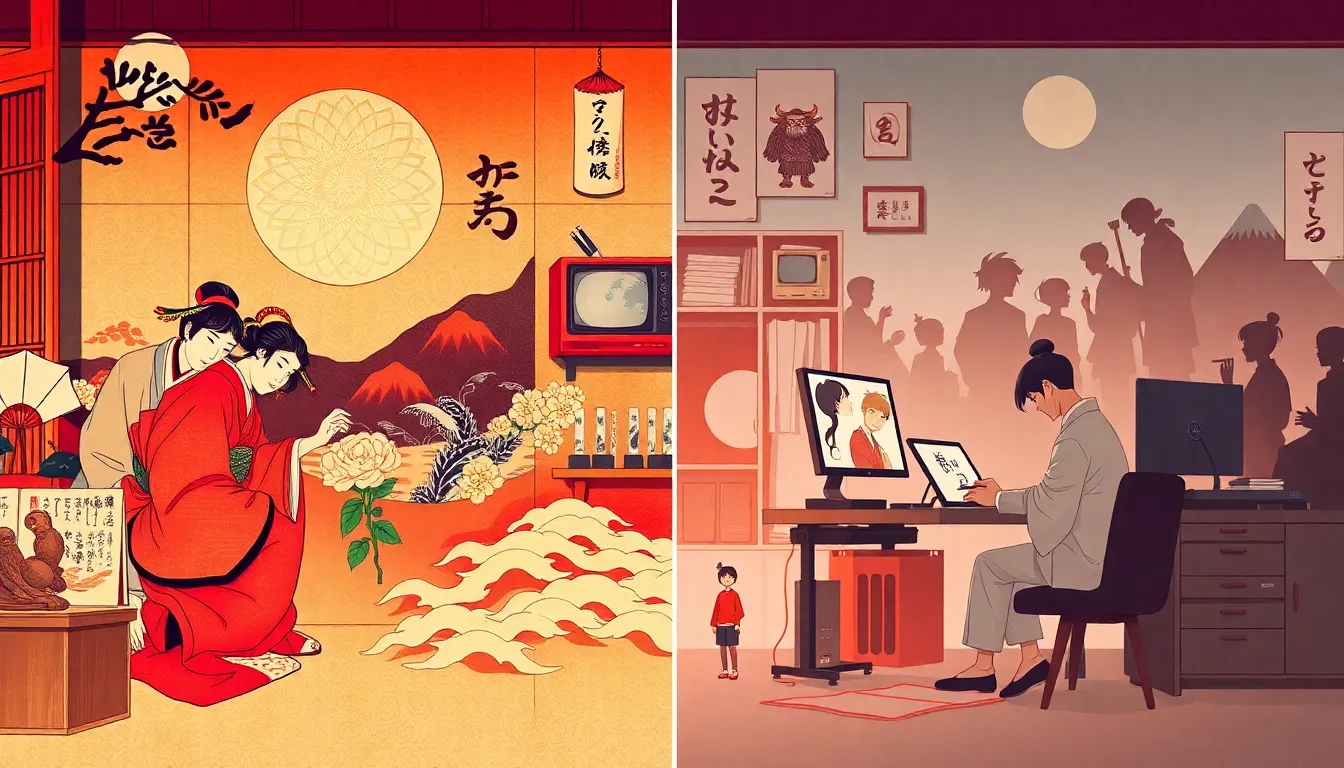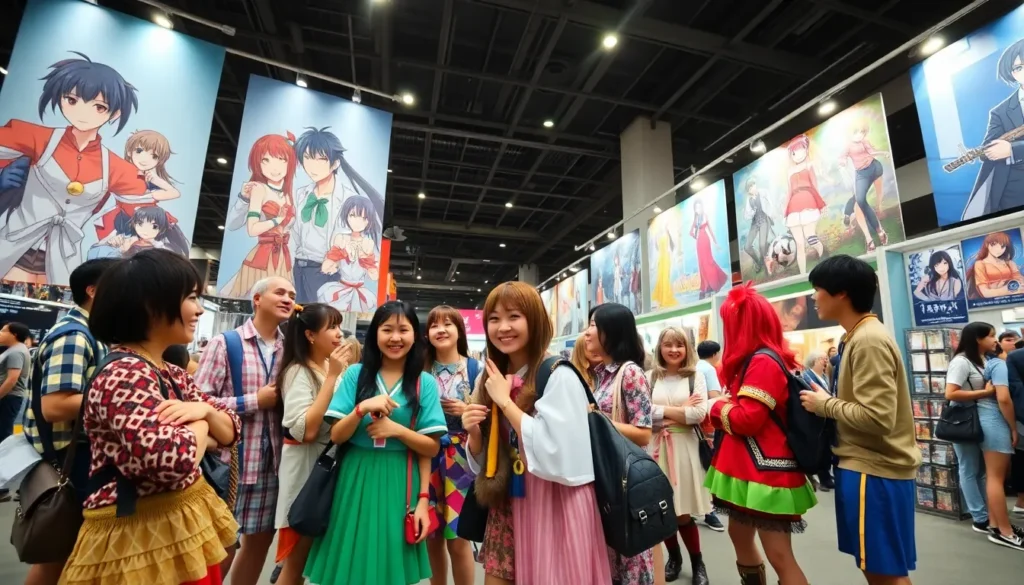Japan’s pop culture isn’t just a trend: it’s a living tapestry that weaves together tradition and modernity into something incredibly unique. Ever found yourself swept up in the vibrant colors of anime, jamming to catchy J-Pop, or admiring those audacious street fashion statements? If so, you’ve brushed against the infectious energy of Japanese pop culture. This fascinating realm embraces everything from time-honored traditions to cutting-edge technologies, creating a cultural phenomenon that’s hard to ignore. Buckle up for a joyful journey through Japan’s pop culture landscape, it’s a wild ride.
Table of Contents
ToggleThe Historical Roots of Japanese Pop Culture

Japanese pop culture didn’t bloom overnight: it has deep historical roots that trace back through the country’s rich past. The evolution begins with the Edo period (1603-1868), which saw the rise of ukiyo-e, or woodblock prints, portraying the pleasures of urban life. Fast forward to the 20th century, and you witness the dramatic aftershocks of World War II, shaping a society eager for new forms of entertainment and expression.
The post-war era unleashed a wave of creativity, leading to the birth of modern Japanese entertainment forms. With the introduction of television, radio, and film, traditional storytelling met modern narrative techniques, eventually giving rise to the pop culture juggernaut we see today. Iconic figures, such as Osamu Tezuka, emerged during this time, laying the groundwork for the anime and manga that dominate the scene. These early adaptations of literature and folklore have established a bridge between tradition and modernity, echoing through the ages.
Key Elements of Japanese Pop Culture
Anime and Manga: The Heart of Japanese Entertainment
Anime and manga form the backbone of Japan’s pop culture. From the emotional depth of Studio Ghibli films to the action-packed sequences of shonen anime, there’s something for everyone. These mediums explore themes that resonate with both local and international audiences, diving into human experiences with a depth that’s rarely matched elsewhere. Popular series like “Naruto” and “Attack on Titan” have transcended cultural boundaries, creating a global phenomenon.
Also, conventions celebrating these art forms unite fans from all over the world, showcasing cosplays, discussions, and merchandise galore. Essentially, anime and manga have crafted a vibrant community that not only thrives in Japan but spills over into international markets.
J-Pop and Music Trends
J-Pop isn’t just music: it’s a lifestyle. With catchy hooks and energetic beats, it captures the spirit of youthful exuberance. This genre burst onto the scene in the 1990s, bringing with it artists like Hikaru Utada and Arashi, who achieved superstar status.
J-Pop also sets trends beyond the music charts. The idols become fashion icons, influencing styles and colloquial language among teens. Also, music festivals in Japan highlight both established and emerging talents, showcasing an ever-evolving genre that regularly reinvents itself.
Fashion and Subcultures in Japan
Fashion in Japan extends beyond mere clothing: it’s a powerful mode of self-expression. The streets pulse with diverse subcultures, each one more vibrant than the last. Harajuku, known for its flamboyant street style, embodies the spirit of youth rebellion and creativity. From gothic lolitas to visual-kei rockers, these fashion-forward individuals mold their identities through clothes, often creating a spectacle that challenges conventional norms.
Beyond Harajuku, other movements, such as Gyaru and Otaku, further illustrate the breadth of Japan’s fashion landscape. Each subculture repackages elements from the past while introducing innovative styles and trends, resulting in an artistic revolution that captivates not only Japan but the world.
The Influence of Technology on Pop Culture
Technology acts as the silent puppeteer of Japanese pop culture, pulling strings in ways that both excite and transform. The rise of digital media has drastically changed how content is created and consumed. Mobile applications like LINE and platforms such as YouTube serve as new stages for budding creators, allowing them to share their talents and stories with the masses like never before.
Also, advancements in virtual reality and gaming immerse fans in dynamic worlds previously thought impossible. Titles like “Final Fantasy” and “Demon Slayer: Mugen Train” showcase how technology enhances narrative depth, drawing players and viewers into their intricately crafted universes. Japan’s tech-savvy youth embrace this evolution, further cementing their country’s status as a leader in the global creative industry.
Global Impact and Popularity of Japanese Pop Culture
The global impact of Japanese pop culture is undeniable. From streaming platforms that allow international audiences to access anime at the click of a button to the rise of J-Pop idols performing sold-out shows worldwide, there’s a palpable enthusiasm surrounding it. The integration of popular Japanese media into Western culture reflects this trend, a blending of styles and narratives that enrich both sides.
Anime series and films are frequently featured in mainstream media, while cosplay conventions attract fans worldwide, celebrating shared passions. Japanese culture has also inspired a range of creative works, demonstrating that its influence stretches well beyond the archipelago.

